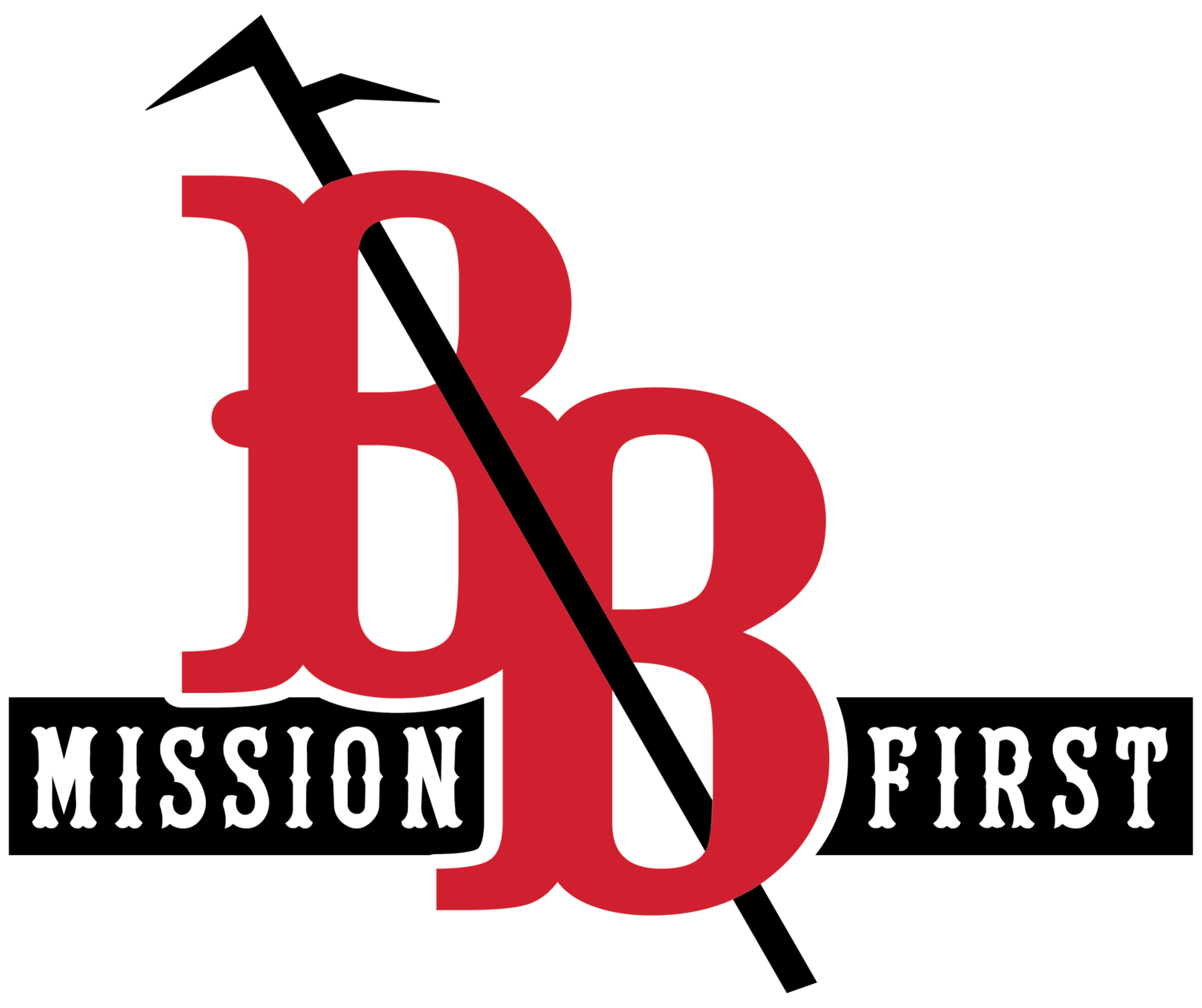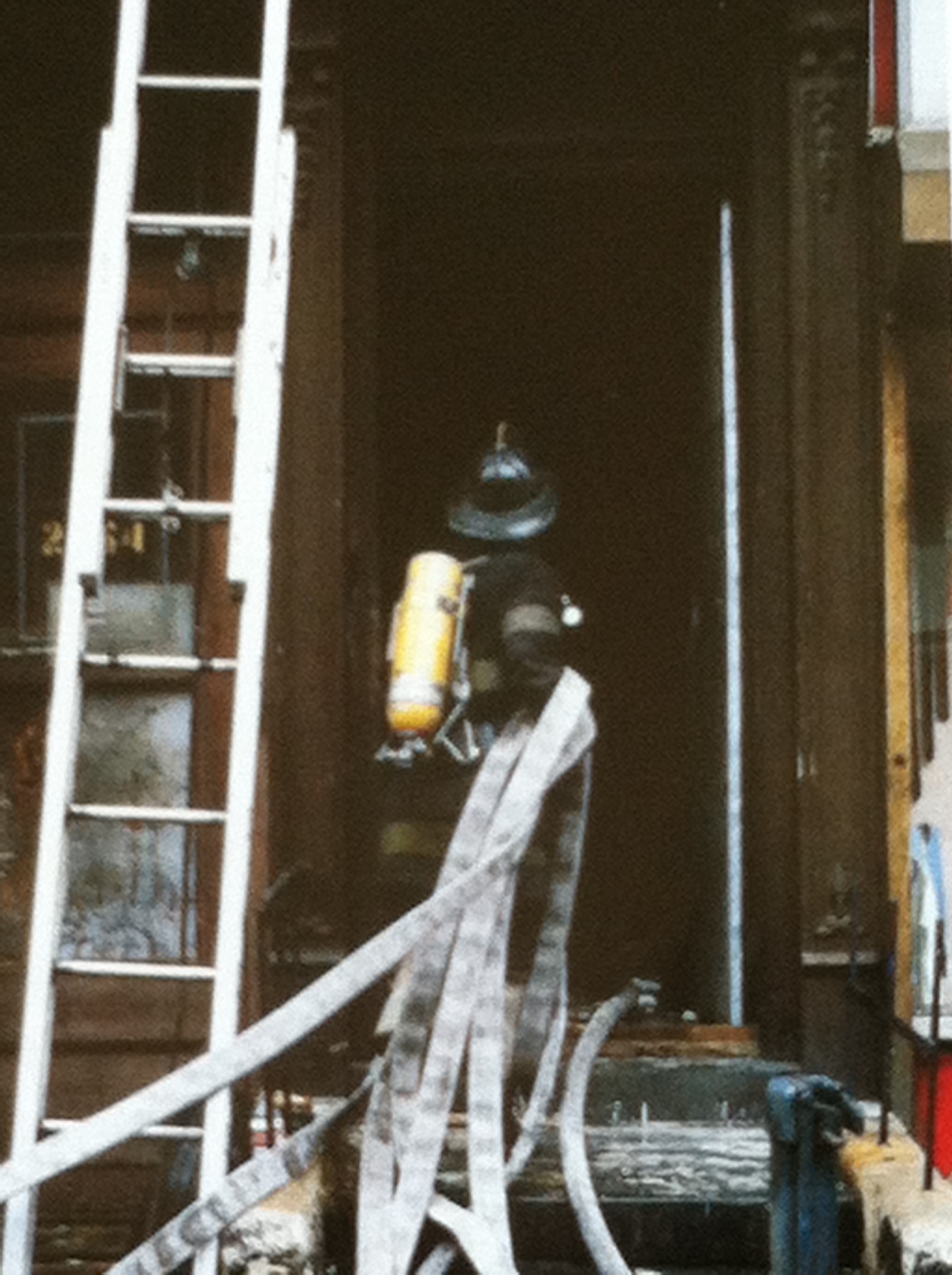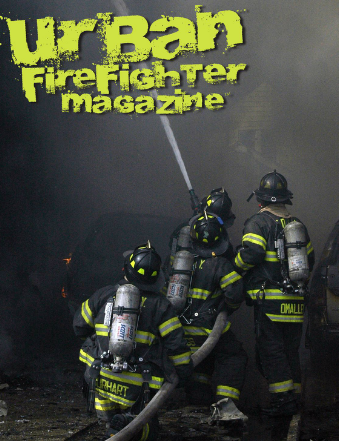Do You Follow The Rules For Hoseline Placement ?
All members must realize the importance of the first line stretched and put into operation. It is widely stated that more lives are saved by the proper positioning and operating of hose lines than by all other life saving techniques performed by Firefighters.

Although it is good practice to attack a fire from the unburned side, it is not a rule. You see studies show most victims are found trying to exit there primary means of egress. Bypassing the main entrance to begin your fire attack from the rear in order to push it out the front for example, often delays placing hoselines between the victims, stairways, hallways and the fire. Occupants often exit through the primary entrance when attempting to escape; so Firefighters should consider this when stretching the first line.
First you must learn the rules inside and out, you may not fully understand why it's a rule; but when faced with the decision to follow or break the rule your good habits and judgement will error on the side of following the rules. Secondly you must know and understand the consequences for breaking the rules. Aren't rules meant to be broken ? I would say you better have a damn good reason if you're going to break one of the rules for hose line placement, it could be a life or death decision.
To follow the rules requires calmness and company discipline, it's very important not to come under the influence of "Moth To The Flame Syndrome" or let screaming bystanders sway you into improper line placement. You're the professional so act like it, remain calm, slow down your step and take time to make time, size up the situation, and apply the rules for hoseline placement. Do not let fear of the second due engine beating you in and stealing your line stop you from taking the time to properly perform a size up and place the first line correctly. They should stay disciplined to second due engine responsibilities, if not you have permission to handle the situation.
RULES FOR HOSELINE PLACEMENT
FIRST HOSELINE-
The first hoseline should be placed between the fire and any persons endangered by it. This is best accomplished by stretching to and via the primary means of egress such as the front door, main entrance, or main stairway. This tactic will accomplish the following three objectives.
1- Provides a base for controlling and confining the fire.
2- protects primary means of egress, allowing occupants to evacuate via stairs and hallways.
3- Allows members to proceed above the fire for search.
An exception to stretching the first line through the front door, main entrance, or the main stairway may be made when flames are issuing from windows with people in them or flames issuing from windows onto fire escapes with people trying to come down them. In this case the first line may be operated from the yard or street to protect people. A second line should be promptly stretched into the interior of the building. A life hazard visible upon arrival must be addressed, however immediate rescue attempts by the first due engine company without simultaneously stretching and positioning a hoseline should only be attempted in extreme situations.
If it's determined there's no life hazard in the building the first line should be placed between the fire and most severe exposure, this isn't always where the fire is likely to spread, this could be to protect the greatest amount of life first, followed by the greatest amount of property.
When protecting an exterior exposure it is best practice to place your line so you can position the stream on both the exposure and the fire. Water should not be operated into windows if crews are working inside, take care to operate around the windows, under eves and against the siding. Applying water directly to the buildings surfaces yields betters results and cools more effectively than using a fog or water curtain between buildings. Contrary to belief a solid stream is an excellent choice for this due to greater reach and penetration of water, this is due to less water being turned into steam due to the radiant and convected heat.
An example of the above scenario would be a fully involved vacant home, with exposure "B" or "2" being a vacant home and exposure "D" or "4" being occupied, the first line could be stretched to protect the life hazard in the occupied exposure "B" or "2".
SECOND HOSELINE-
Unless otherwise ordered, the second hoseline should be placed to back up the first hoseline, but not forgetting that the priority and resources should always be given to ensure that the first line is stretched, charged, and ready for attack prior to the second line being stretched. This tactic is used for the following reasons:
1- To provide a back-up to the first hoseline in case of a burst length or other problem with the first hoseline.
2- To provide a second line to be used simultaneously with the first hoseline if fire conditions warrant it.
3- If the second line is not needed on the fire floor, it can be advanced to the floor above. The second line stretched must consist of sufficient hose to cover the floor above.
THIRD HOSELINE-
Depending on the occupancy and the fire conditions, a third hoseline may be required. Unless otherwise ordered, this line may be stretched to:
1- Become the back-up line if the second line was taken to the floor above, or to the floor above if the second line will remain on the fire floor to back-up the first line.
2- Cover a secondary means of egress.
3- Protect persons trapped on fire escapes or in windows above the fire.
4- Adjoining building to protect exposures or to operate across shafts.
5- To prevent vertical extension.
So do you follow the rules ?
Urban Firefighter Magazine
Are you reading Urban Firefighter yet? This online magazine is published by renowned FDNY Lieutenant Ray McCormack and Erich Roden, a Milwaukee (WI) Battalion Chief. Here are some article links for the most recent issue:
Peak Performance: A veteran Milwaukee truckman profiles six styles of single-family homes



